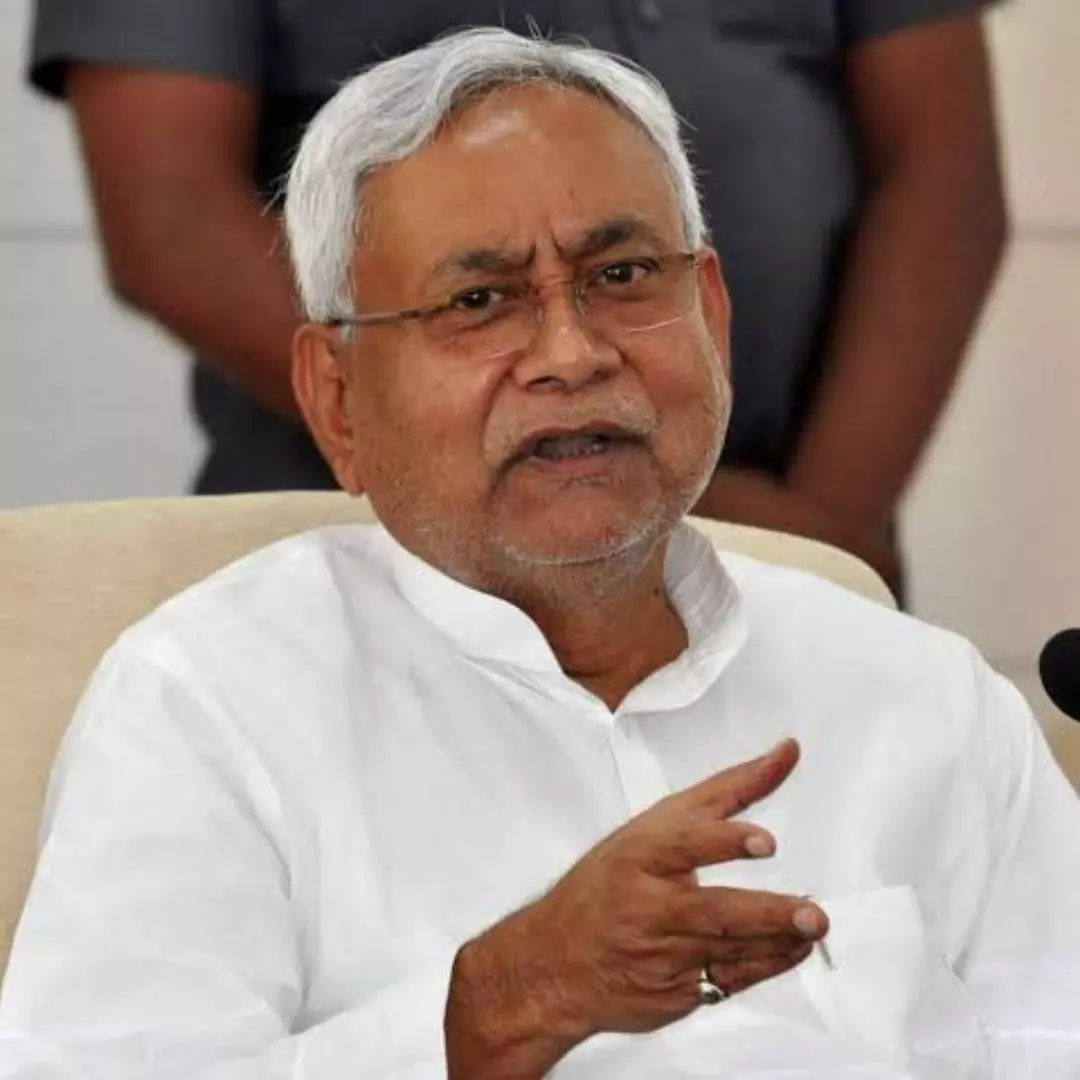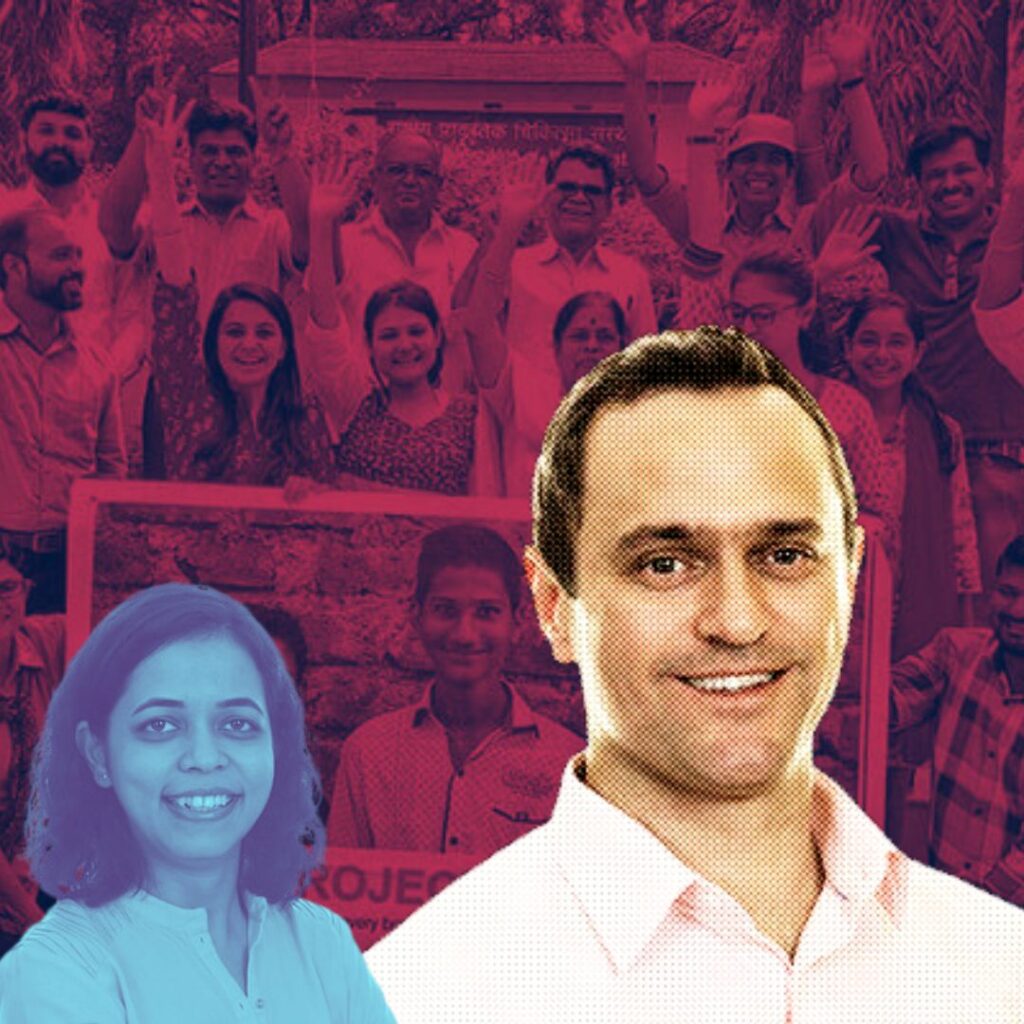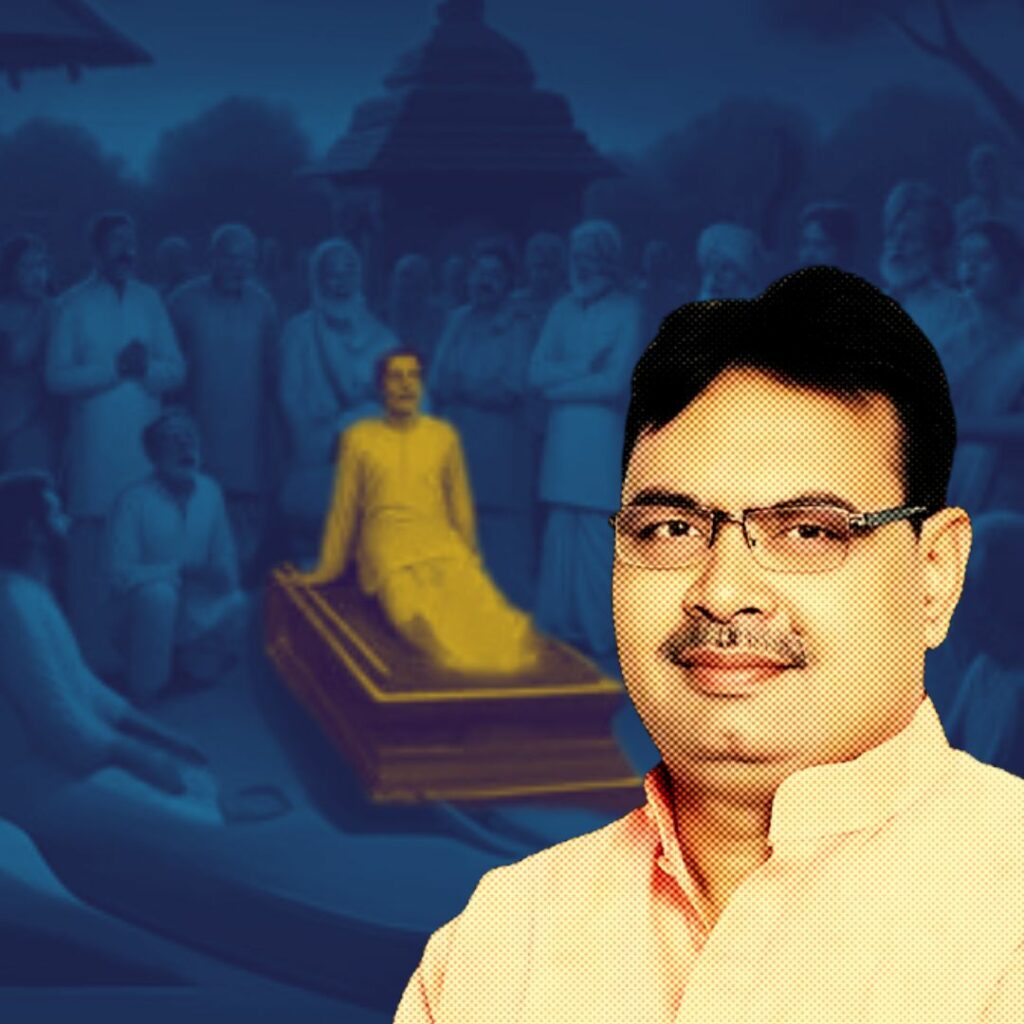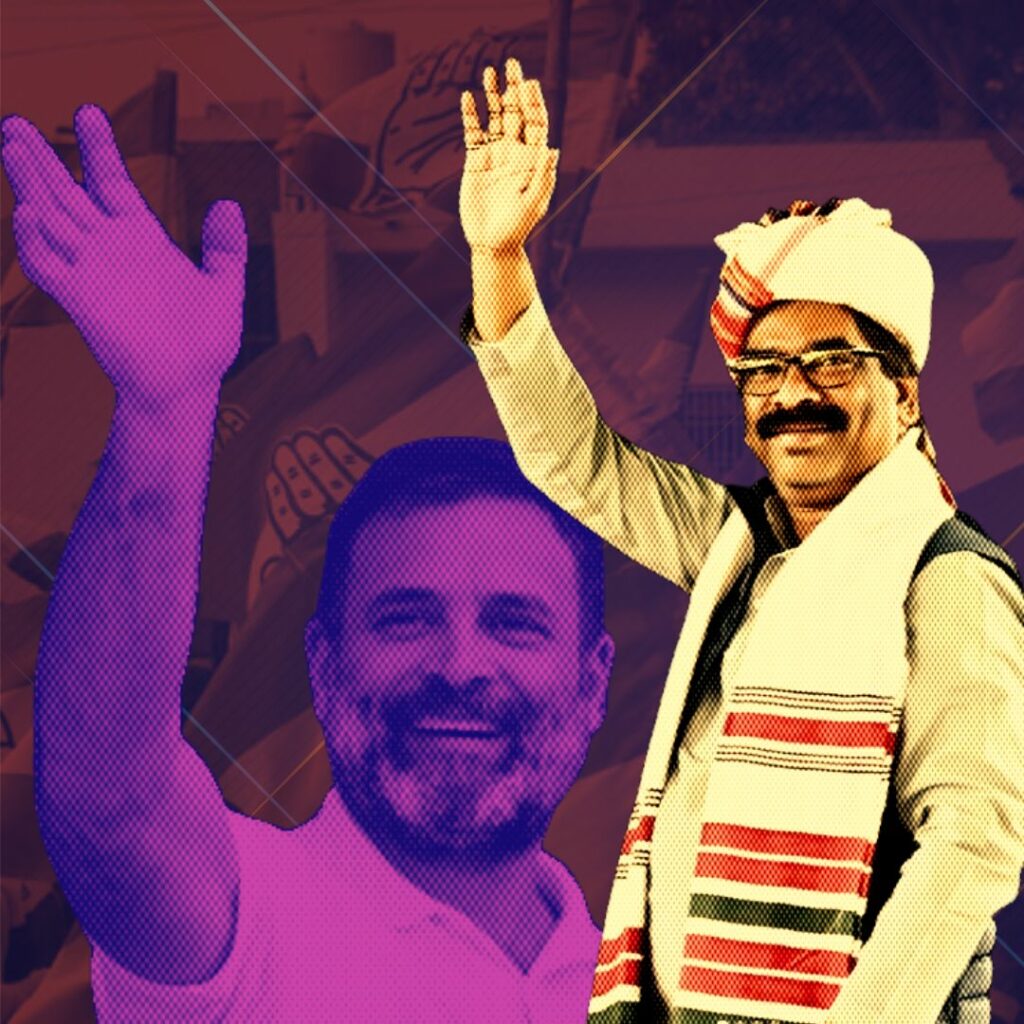The Patna High Court has dismissed pleas challenging the decision of the Bihar government to conduct a caste-based survey in the state. This decision effectively allows the state government to proceed with the caste-based survey.
After a hearing by a bench headed by Chief Justice K Vinod Chandran, the counsel representing the petitioners stated that they will be moving the Supreme Court against the judgment. The details of the order were not immediately available to them, as the court had rejected all the petitions in the open court. The counsel mentioned that they would be able to provide further insights once they obtain a copy of the judgment. Despite the high court’s ruling, they plan to approach the Supreme Court to challenge the decision.
Earlier, the Patna High Court had ordered to put the survey on hold, but now with the dismissal of the pleas, the state government can proceed with the survey, reported Hindustan Times. The caste-based survey has become a subject of political debate in Bihar, with opposition parties criticizing the government’s move.
The first round of the caste-based survey in Bihar was conducted between January 7 and 21, while the second round began on April 15 and was scheduled to continue until May 15. Some social outfits and individuals had filed petitions before the high court, seeking an ‘interim relief’ in the form of a stay on the survey. However, their request was turned down, leading to the current development in the case.
The SC has refused to interfere, and referred them back to the high court with directions that their petition be decided expeditiously.
Chief minister Nitish Kumar has said that the state is not conducting a caste census but only collecting information related to people’s economic status and their caste so that specific steps could be taken by the government to serve them better.
Last Census Held In 2011
The 2011 Census of India or the 15th Indian Census was conducted in two phases, house listing and population enumeration. The House listing phase began on 1 April 2010 and involved the collection of information about all buildings. Information for National Population Register (NPR) was also collected in the first phase, which will be used to issue a 12-digit unique identification number to all registered Indian residents by Unique Identification Authority of India.
The second phase of population enumeration took place in India between 9th and 28th February 2011. This census, conducted since 1872, was a significant milestone as it marked the first time that biometric information was collected. According to provisional reports released on 31st March 2011, India’s population had increased to 1.21 billion, with a decadal growth rate of 17.70%. The adult literacy rate also witnessed growth, reaching 74.04%, an increase of 9.21% over the previous decade. The motto of the census was ‘Our Census, Our Future.’
Covering a vast geographical area, the census spanned 28 states and 8 union territories, encompassing 640 districts, 5,924 sub-districts, 7,935 towns, and over 600,000 villages. More than 2.7 million officials visited households to collect data on gender, religion, education, and occupation, aiming to classify the population accordingly.
The cost of conducting the census was approximately ₹2,200 crore (US$280 million), amounting to less than $0.50 per person, significantly lower than the estimated world average of $4.60 per person. The census faced various challenges due to India’s vastness, cultural diversity, and the extensive manpower involved.
In response to demands from several ruling coalition leaders and opposition parties, information on castes was included in the census. The collection of caste data was last done during the British Raj in 1931. There were speculations regarding the possibility of a caste-based census in 2011, for the first time in 80 years, to determine the exact population of the “Other Backward Classes” (OBCs) in India. Eventually, the Socio-Economic and Caste Census 2011 was conducted, and the first findings were revealed on 3rd July 2015 by Union Finance Minister Arun Jaitley.
The Mandal Commission report of 1980 had quoted the OBC population at 52%, while the National Sample Survey Organisation (NSSO) survey of 2006 had quoted it at 41%. This caste-based census aimed to provide accurate data to aid in policy planning and resource allocation for various socio-economic groups in the country.
Also Read: RPF Constable Opens Fire On Moving Train, Kills Senior Official & 3 Passengers
https://thelogicalindian.com/h-upload/2023/08/02/500x300_232768-photo2023-08-0211-28-49.webp
Trending
2023-08-02 06:01:18.0
Patna HC Dismisses Pleas Challenging Caste-Based Census In Bihar











